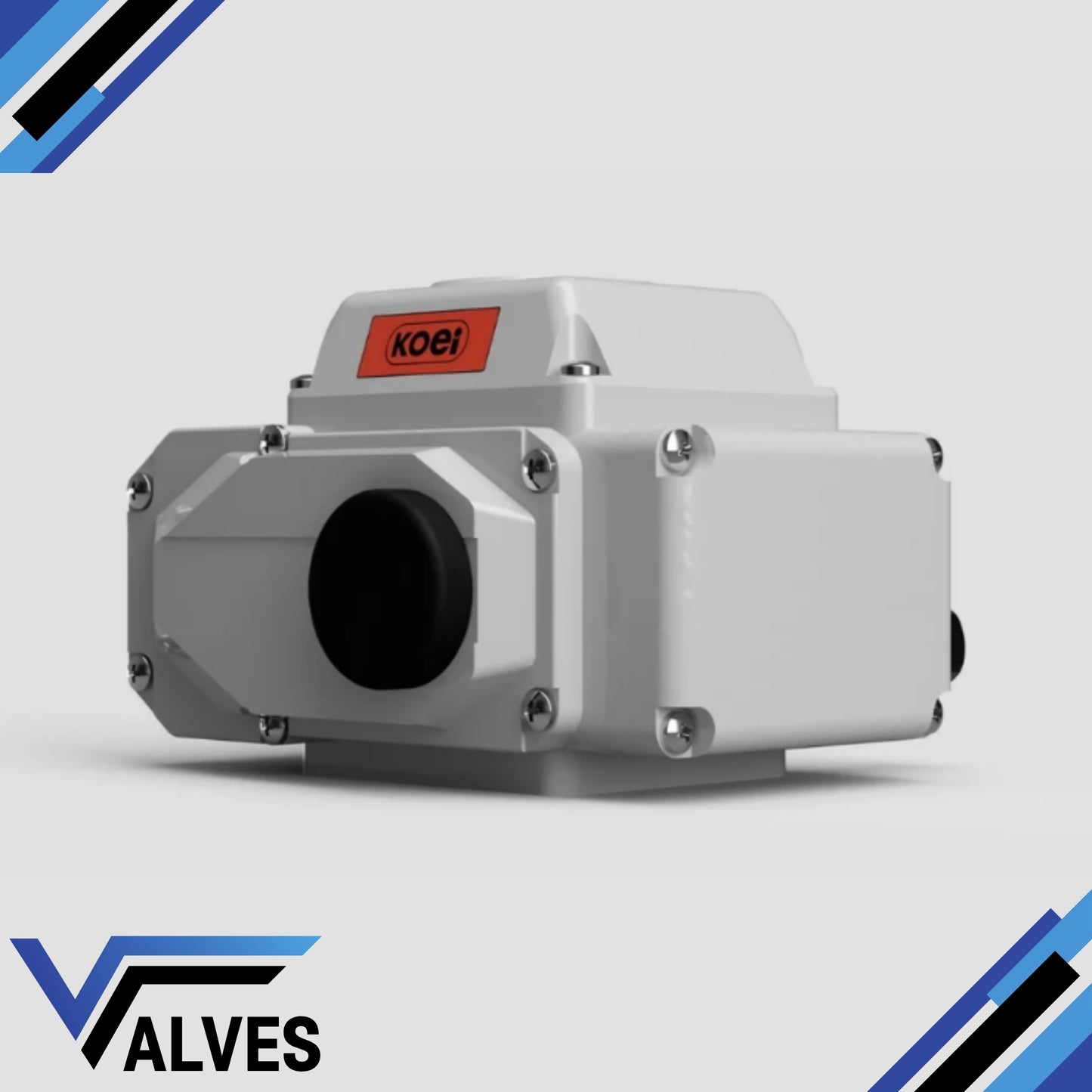The Koei Nucom Electric Modulating Actuators deliver high-quality performance for precise valve positioning and flow regulation in industrial automation systems. Designed for 4-20mA proportional control, these actuators ensure smooth, accurate modulation for applications requiring tight process control. Built in Japan to the highest standards, the Nucom series combines robust engineering, long service life, and dependable performance in both safe and demanding environments.
Featuring a compact design, low power consumption, and quiet operation, the Koei Nucom Modulating Actuators are ideal for industries such as chemical processing, water treatment, HVAC, and energy systems. With durable housing, corrosion-resistant components, and reliable feedback functionality, they provide consistent accuracy even under challenging conditions.
Key Features:
4-20mA proportional modulating control for precise flow adjustment
Durable, high-quality Japanese construction
Compact and efficient design for easy integration
Low noise and low power consumption
Available in various torque ranges for different valve types
Long-life drive system for smooth, accurate operation


